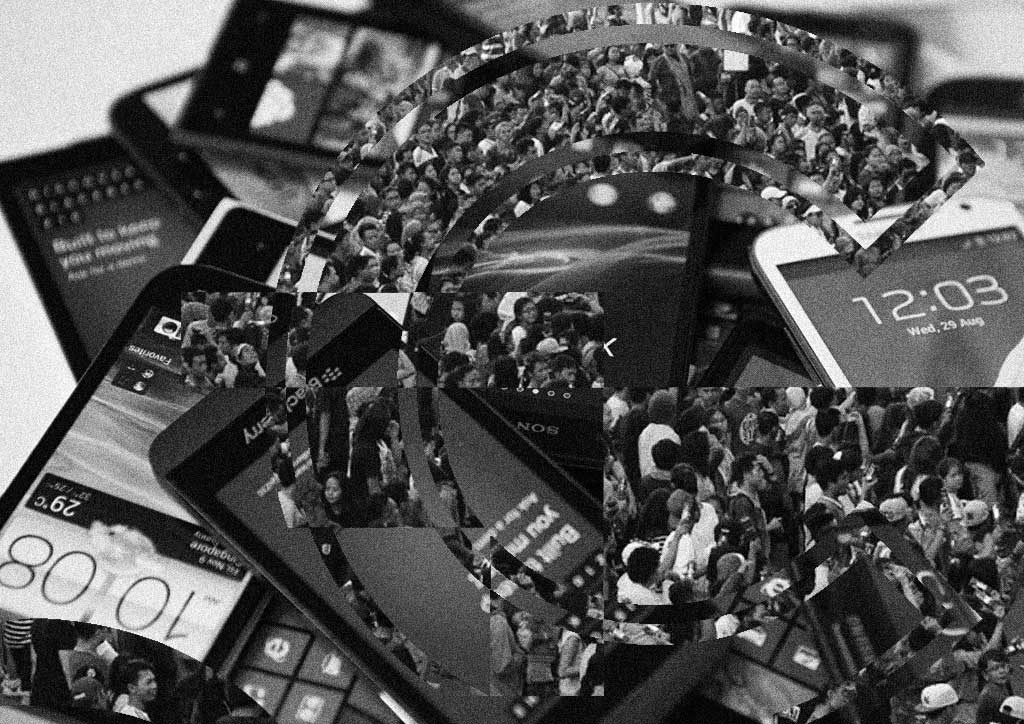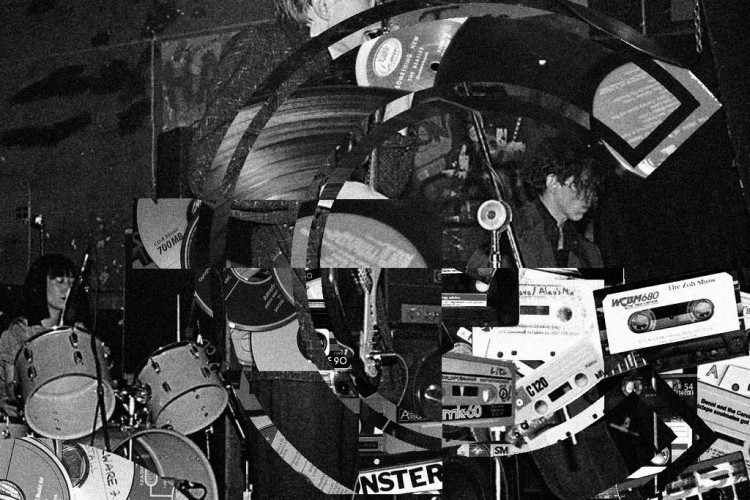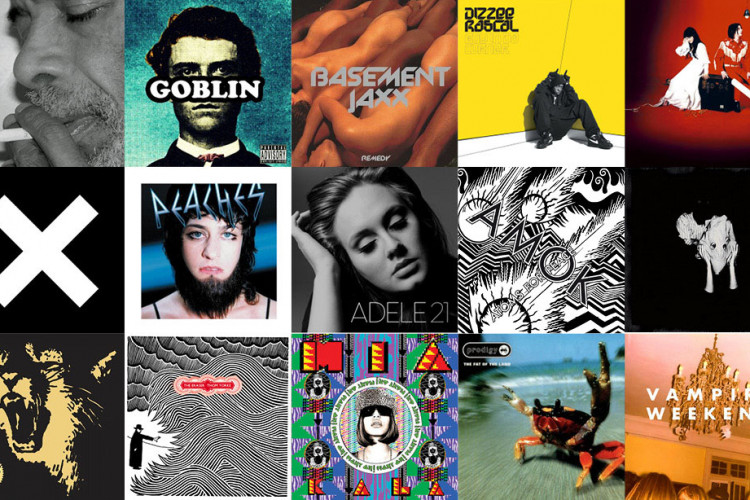
Like any city across the globe, Jakarta has something to complain about. Despite that it is the number one metropolis nationwide, it always has a flaw to be talked about by its locals from its constant traffic concerns to complaining citizens. Unsatisfied, there is an ongoing list to not like the chaotic, crowded city. However, we stayed.
While Jakarta positions itself as one of the top cities in the market of social media, Rebecca Lake elaborates in ‘Indonesia’s Surprising Love Affair With Social Media’ that one of the contributing factors is how, “… the country’s youthful demographic has seen social media assume its position as a leading activity on the Internet.” With that assumption, it could root to a lot of observations regarding our surrounding’s online habits and their social media traits.
Among them is Instagram, the popular photo-sharing app that, alike to other social media platforms, allows to represent a selective portrayal. With its range of filters and adjustments, as well as the play of angle shot, maintaining a visually appealing feed has become a life objective to social media savvy youth. By default, a popular Instagram profile attracts followers from how the content is delivered in an attractive manner.
The globally-known photography app has also become the go-to platform on tracking down the on-track lifestyle trend, the hippest places to hang out, have a cup or find serenity in a coffee shop, the upcoming food festivals — where to eat, where to chill, where your social life would lead to next. As mentioned in my previous essay, Instagram has also become the platform to showcase how much of an ‘anak kekinian’ you are at this day and age, where one location tag will trace the latest hype of Instagram-trend for Jakarta’s urban youth.
Never mind the complaints about Jakarta, the smog-of-a-town, the rush-hour pretty picture of transportations lining up as they lit in red by the highway roads, when Instagram can sugarcoat the dystopian life and constant complaints about residing in this urban metropolis. Consequently, how authentic can sugarcoating the flaws be, and do we resolve ourselves to improve from them, or to continue living and ignoring them, making our way around, for our own satisfaction?
Jakarta is obvious enough to be seen on the verge. Where the high elites are driving pass the low class citizens. Yet, we are raised in a society where it’s difficult to satisfy oneself, even when you have enough to live and get by in such a metropolis. Seemingly, Jakarta’s society is somehow built to be spoilt by consumerism — from its endless chains of malls to its bank prizes and discount offers, as well as to billboard after billboard after billboard of advertising products and services that pile from one to another. Undoubtedly, Jakarta is distinctive for the amount of malls it has to offer, whether you want to see it as a good or a bad factor. The idea of commoditization is praised, as if it establishes an individual’s lifestyle and economical status.
In Sacha Stevenson’s expressive share of her viewpoint in ‘Things I Hate About Jakarta (Happy Ending)’ video, she states how Jakarta citizens are judged based on what they wear and what they have, from branded products to the latest mobile phone. In her translation, she asserts, “As if our value as a human depends on our shoes. […] Our value as human is tied up to the “stuff” we have.”
Yet, it’s true. The way we display ourselves defines us. With social media platforms like Instagram that depicts one’s life through photography aesthetics and images of self-representation, we are judged as an individual through our visual profile feed. Many still do so, from the things we own, to the places we go to, the food we eat, the lifestyle we live.
In Jacob Silverman’s essay extract ‘‘Pics or it didn’t happen’ – the mantra of the Instagram Era’, he emphasizes, “In a digital landscape built on attention and visibility, what matters is not so much the content of your updates but their existing at all. They must be there.” Silverman continues to analyze as lifestyle documentation on social media is part of how individuals commoditize, how we illustrate ourselves for viewers and our followers to evaluate us: “It is just that the question of what is authentic shifts, sometimes uncomfortably. […] Instead, it is that our documentation and social broadcasts become the most important thing, an ulterior act that threatens to become the main event.”
It is hard to not state the obvious that this is how it is for most of Jakarta’s youth who are social-media savvy. The perception isn’t all-negative as like any social media networks, Instagram plays part in promotion, where attracting youth audience for upcoming markets and events are beneficial.
There’s nothing wrong with allowing yourself to portray Jakarta as a utopian city for the urban youth to take away the agonizing thoughts of everyday road traffic, the intense crowds, the humidity, and all sorts of flaws in between. A lifestyle keeps our flow of life. Still, with our easy access to being perpetually online with social media platforms, our tendency shifts: do we live the lifestyle offline or live for the online social media lifestyle instead?
“Through the Instagram Lens” ditulis oleh:
Yanti Sastrawan
Balinese-ish, Nutella enthusiast. Aside from wandering through parks and paths, she finds passion in picture books, illustration, as well as storytelling, and highly supports dance recesses.











